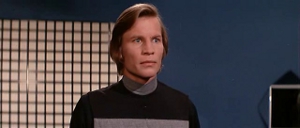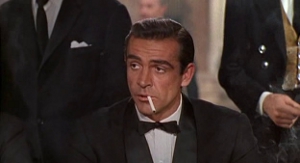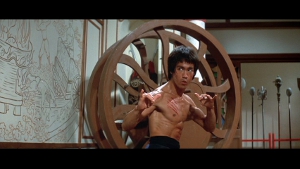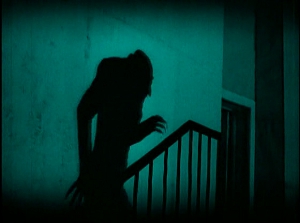by Chad Denton

Well, it didn’t take them that long before they made a reference to the Odyssey.
Now I did say that I didn’t want these write-ups to be “reviews” in the strict sense, mostly because I’m more interested in exploring The Simpsons as a cultural phenomenon (but also because I think I suck at reviewing comedy, although in my defense it is one of the hardest elements of entertainment to explain). However, I should say off the bat that this episode was strange to watch, because – even more so than with the last two episodes of the first season – the jokes were few and far between. I should add right away that I think this was deliberate, and in a lot of ways the whole episode felt like more of a quasi-dramatic American sitcom than any I’ve watched yet, just with the occasional touches of the surreal made possible by the wonderful possibilities of animation. In fact, “Homer’s Odyssey” is interesting to watch just because it contains within it a couple of potential “alternate universe” Simpsons series “in utero” – one that had a more realistic and even a dramatic bent, and one that would have been a working-class comedy like Roseanne except centered around a lazy but well-meaning father instead of a hard-working but cynical mother. Continue reading Trash Culture’s The Simpsons, Season 1, Episode 3, “Homer’s Odyssey”





